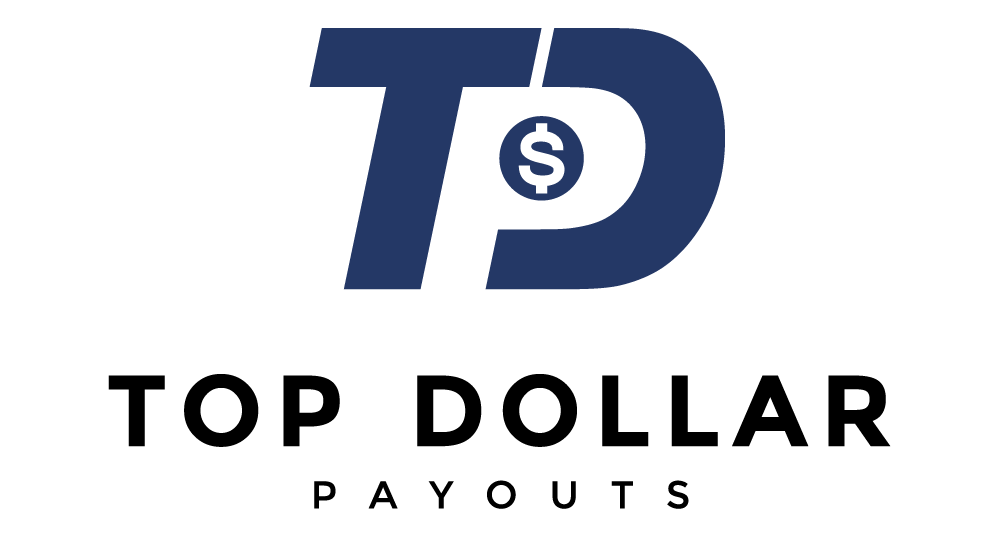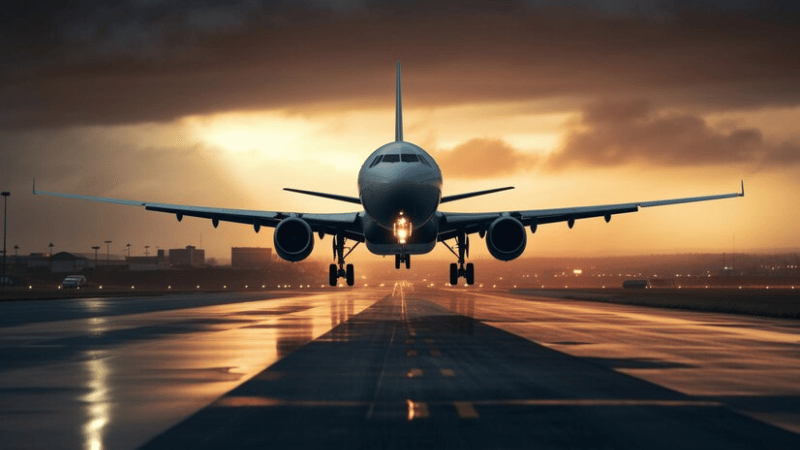Today, the average American makes about $59,384 a year, according to the U.S. Bureau of Labor’s last report in 2023. With money being tight, saving every penny matter, especially regarding travel. Travel is a big part of many people’s lives but can cost between $2,000 to $3,000 yearly for vacations, business trips, and family visits.
Because of this, finding ways to cut down on travel costs is important. One popular method is earning free flights with airline miles. However, it can be confusing to understand how many miles you need for a flight. We will help clear up that confusion and look at how reward systems from major airlines like United Airlines, American Airlines, and Alaska Airlines work and how to get the most out of your miles for your next trip.
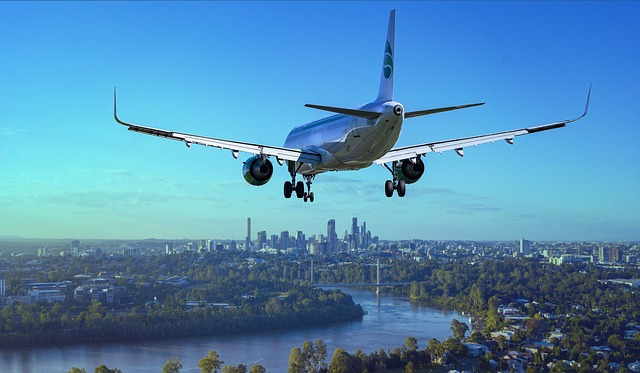
The Challenges of Mile Accumulation
For most people, accumulating miles requires a mix of patience and strategy, often taking months or even years of careful spending and travel planning. The challenge doesn’t end there; even with a handful of miles, you might still find yourself trying to determine the restrictions.
Blackout dates can block your dream vacation dates; limited seat availability makes booking a free flight tough, and, to add to the frustration, miles can expire before you even get a chance to use them.
How Many Miles for a Free International Flights?
The situation gets a bit more complex when opting for a free international flight with your miles, but it’s not without its perks. Just like with domestic flights, the amount of miles needed for an international ticket can vary widely. Some airlines calculate the cost based on the region you’re flying to, like Europe or South America, while others look at your specific travel dates and destinations.
Here’s an exciting twist: opting for flights with partner airlines could actually save you a fortune. For instance, you could fly from the U.S. to Asia in economy class with Cathay Pacific for just 30,000 Alaska miles. Or, find yourself heading to Australia from the U.S. with American Airlines for a mere 40,000 miles. However, keep in mind these numbers aren’t set in stone. Peak travel times can see the requirements soar.
So, while no magic number fits every journey, you’re likely looking at a range from tens of thousands to over a hundred thousand miles for a free international flight. Given the substantial miles needed and the challenges in accumulating them, selling your miles might be easier and simpler to get the best deal.
How Many Credit Card Miles for a Free Flight?
Credit card miles are a game changer for those looking to fly for free or cheaper, offering a way to accumulate miles faster than traditional methods. By using co branded credit cards and travel rewards credit cards, you can earn miles on everyday purchases, from groceries to gas. These cards often come with sign up bonuses and special earning rates that can rapidly boost your miles balance.
For a basic idea, expect about 25,000 to 30,000 credit card miles for a round-trip economy flight within the United States. This range is a solid starting point, but the miles required can vary. Some airlines offer options to mix miles and cash for tickets, though this isn’t always the best deal.
Remember, the 25,000 to 30,000-mile benchmark mainly applies to shorter flights, roughly an hour or so long. Planning a longer journey? You’ll likely need a greater mile balance based on the international airfare. The best way to pinpoint precisely how many miles you’ll need is by checking the airline’s website, where you can find the most accurate and up-to-date information.
How Many Airline Miles for Free First Class /Business Class Flights?
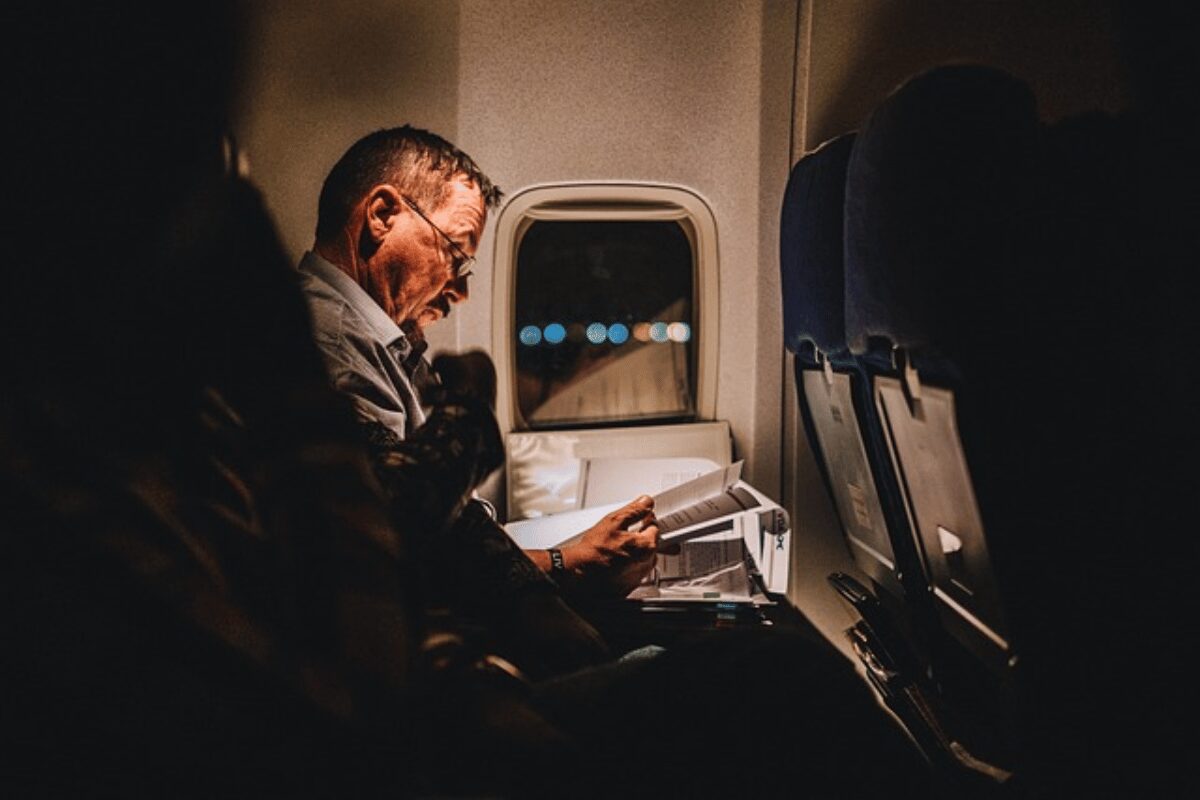
Using miles from frequent flyer programs or through flight awards for these premium seats is a popular strategy, though the number of miles needed can vary widely.
Business class awards might require at least 47,500 miles starting from a baseline. Still, for those ultra-luxurious cabins or longer routes, you could be looking at over 300,000 miles for those ultra-luxurious cabins or longer routes. First class takes it up a notch, with awards ranging from 70,000 miles for shorter trips to as much as 345,000 miles for a one-way journey.
Take, for example, an Air France flight from New York City to London. To experience business class, you’d need between 60,000 and 318,000 miles. If you’re focusing on the first class – prepare to redeem anywhere from 221,500 to 345,000 miles. JetBlue’s Mint business class isn’t shy about demanding a significant number of miles either, with awards potentially exceeding 169,000 TrueBlue points for a single leg.
The distance significantly influences the mile requirement – West Coast departures may require up to 90,000 miles for a one-way business or first-class ticket, whereas flights originating from the East Coast could push this demand up to 130,000 miles.
If you’re debating whether to save your miles for a dream trip or sell them now, knowing how much those premium flights can cost is important. We are here to help you make a smart choice about what to do with your miles.
What Are Some of the Award Prices?
Let’s break down how airlines decide how many miles you need for a free flight. It basically comes down to three methods: where you’re flying to, how much your ticket costs, and how far you’re going.
Region-Based Award Pricing
First up, let’s talk about the method based on regions. Airlines group countries into regions and charge a set number of miles for flights between these areas. For instance, if you want to fly from America to the Middle East using American Airlines, it goes like this: 17,500 miles for an economy seat, 22,500 for business, 30,000 for first class, and the top tier first class needs 40,000 miles.
This makes it clear how many miles you need depending on where you’re headed and how comfy you want to be. But remember, these are starting points. You might need more miles if many want the same “saver” seat.
Distance-Based Award Pricing
Now, for the second method—distance-based pricing. Here, it doesn’t matter where you’re flying; it’s all about how far. Some airlines add up the total distance of your trip, while others look at each leg of your journey separately.
For example, with Air Canada, if you’re flying between North America and the Pacific and your trip is between 7,501 and 11,000 miles, a business class seat on a partner airline will set you back about 85,000 to 87,500 points. And if you’re going even further, say over 11,001 miles, those numbers jump to 105,000 to 115,000 points for business and from 140,000 to 150,000 points for first class.
Revenue-Based Award Pricing
When it comes to revenue-based award pricing, the game changes a bit. Here, the miles you need to book a flight are directly linked to the ticket’s cash price. It’s a bit like using a fixed-value rewards system, where each mile has a specific cash value when booking travel.
Like other airline loyalty programs, airlines like Southwest with their Rapid Rewards program, Chase with Chase ultimate rewards points, and JetBlue’s TrueBlue are prime examples of this approach.
In these programs, calculating how many miles you’ll need for a flight is simple since the cost in miles directly reflects the ticket’s cash price. For every mile, you get a fixed amount toward your flight. Some programs offer a little wiggle room, allowing for slight variations in redemption rates.
This means the value you get from each mile might change slightly depending on the specific flight you book, but generally, the value you get per mile stays within a narrow range. One of the perks of revenue-based pricing is its simplicity. You don’t have to measure flight distances or determine which region your destination falls into.
However, these programs don’t offer as much room to maximize the value of your frequent flyer miles compared to other pricing strategies.
Other Factors of Award Prices
When planning to use your airline miles, it’s crucial to consider more than just the flight distance or destination. Several factors can significantly impact the miles you’ll need for a ticket.
Peak vs. Off-Peak Season Award Prices
Airlines often categorize dates into “peak” and “off-peak” periods, affecting how many miles you’ll need for a flight. For example, traveling during popular holidays or summer usually falls into the peak category, requiring more miles due to higher demand.
Conversely, off-peak times, such as the middle of a workweek during a less popular travel month, might get you the same flight for fewer miles. Programs like Virgin Atlantic Flying Club and British Airways Executive Club use this system, adjusting mile costs based on the season and specific dates of your flight.
Standard and Saver Awards
Availability of award seats can also affect mile costs. Airlines offer limited seats for award bookings, typically dividing them into “Saver” and “Standard” categories. Saver awards are cheaper but more challenging to find, while Standard awards are more readily available but cost more miles. United Airlines, for instance, clearly marks which flights offer Saver award space, helping you spot the best deals.
Class of Service
The cabin you fly in— economy, business, or first class—also significantly affects how many miles you’ll need. Some airlines have different mile requirements for premium or basic economy seats. The rule of thumb is you’ll be charged miles based on the highest class of service on your itinerary.
For Air Canada flights going from North America to the Atlantic, the further you fly, the more points you need. For first class, it’s from 120,000 to 130,000 points. Flying over 8,001 miles? Business class now costs 110,000 points, and first class jumps to 140,000 points.
Different Award Flight Pricing
American Airlines
For American Airlines, the miles needed for award flights begin at surprisingly accessible points. For example, a flight from the continental U.S. to Canada starts at just 7,500 miles in the main cabin. But if you want to go to a far distance such as Asia, the Middle East, or the South Pacific, the starting point is 35,000 miles for the main cabin. For those looking to maximize their experience, premium cabins start at 60,000 miles for premium economy and go up to 95,000 for the luxury of Business or First Class. These are starting values for a one-way free flight, and doubling up for a round trip could offer a more comprehensive experience.

Alaska Airlines
Alaska Airlines opens up plenty of possibilities for travelers with their mileage plan. Short haul flights within the contiguous U.S., Alaska, and Canada can be a steal, starting at just 5,000 miles in economy and 15,000 miles for those opting for a first-class experience.
For those looking to travel further into Mexico, Central America, or the Caribbean, the economy starts at 10,000 miles, with first-class seats beginning at 30,000 miles. Remember that the miles needed reflect the starting rate and can be higher depending on your trip’s specifics, like the number of segments or if you’re mixing cabin classes. All awards come with additional taxes and fees, starting from $5.60, depending on your trip’s details.
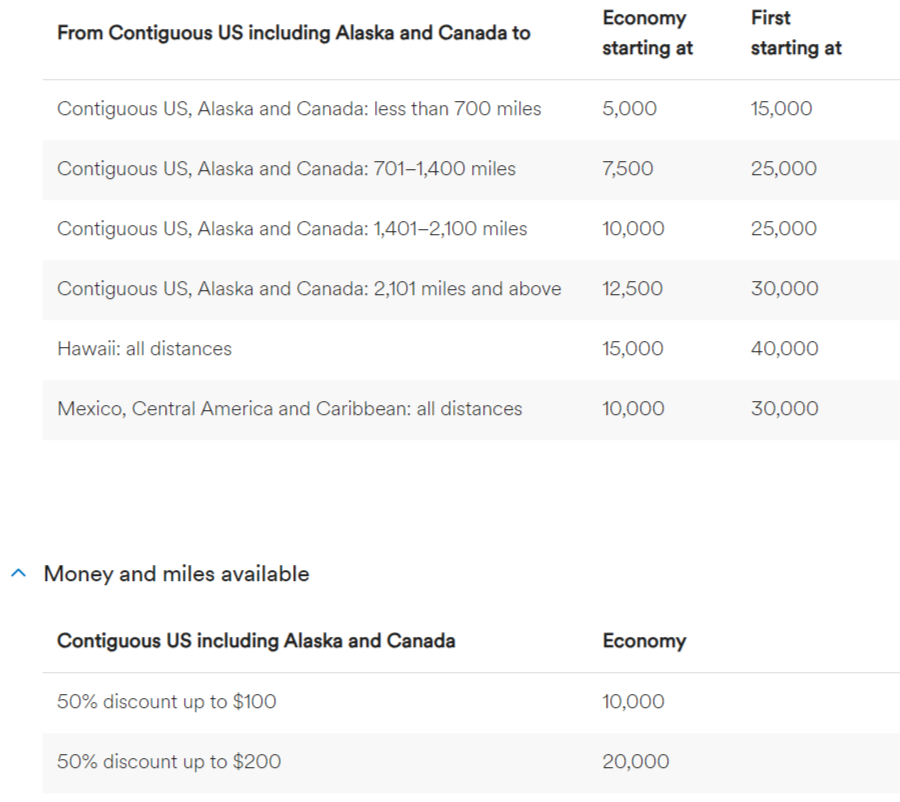
Delta Air Lines
Delta Air Lines offers a versatile range of mile redemption options. For a luxury experience, one-way nonstop flights from Atlanta to Rome could set you back a substantial 320,000 SkyMiles. However, Delta also offers competitive rates on select routes.
A trip from Seattle to San Francisco might only require 2,500 SkyMiles, while a first-class ticket to Cancun from Seattle could be a bargain at just 10,000 SkyMiles. Since Delta removed its award charts in 2015, the miles required for flights can fluctuate, reflecting Delta’s pricing strategy at the time of booking.
United Airlines
With one-way awards, you can mix and match your class of service for each leg of your journey. For instance, on a round trip from Chicago O’Hare to London Heathrow and back, you’d spend 30,000 miles each way. Plus, if you fly from London to Paris, that leg could be free with the Excursionist Perk.
This unique benefit allows MileagePlus members to add a one-way award within specific multi-city trips without extra cost, provided it’s in a different region than where the journey started. United also ensures that if there’s an open seat on a flight, it’s available for award booking – even if it’s the last one.
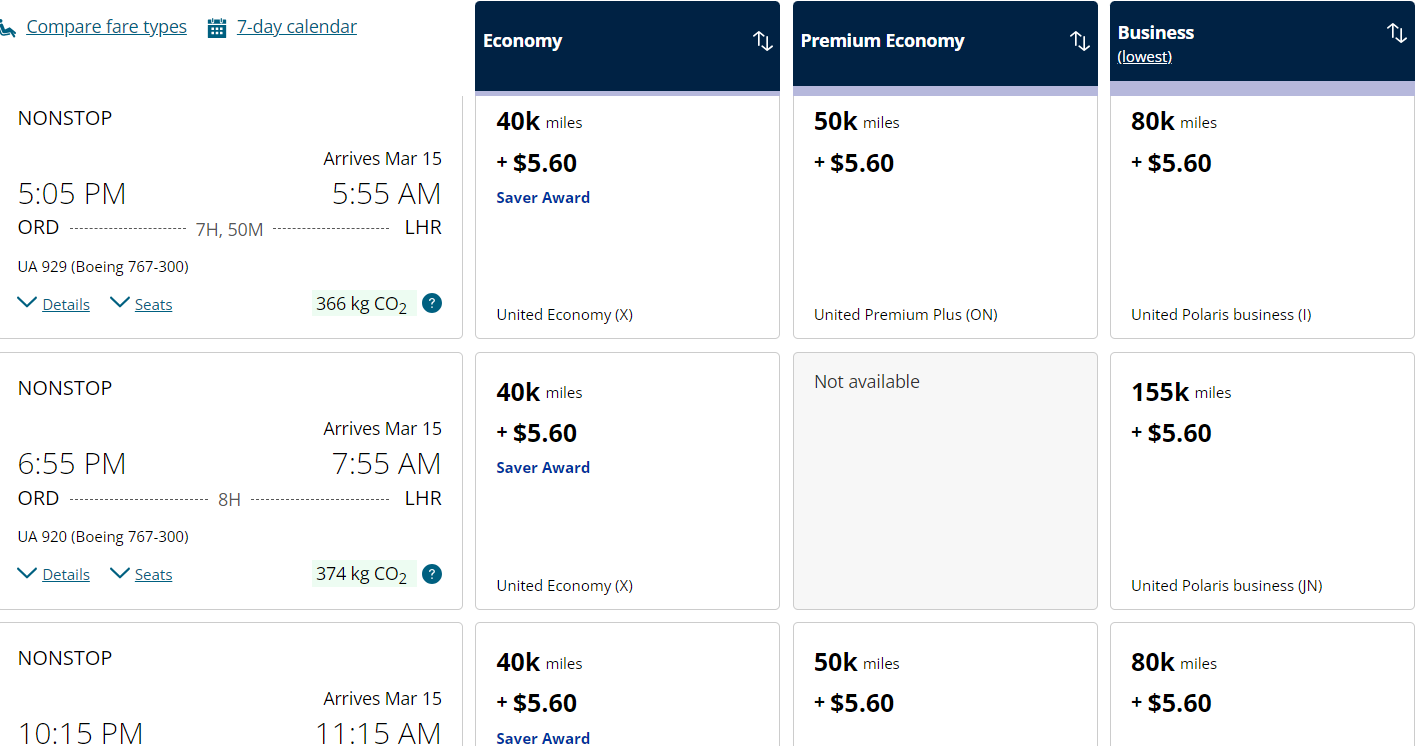
Southwest Airlines
Southwest Airlines operates on a fare-based award pricing model, meaning the number of points needed for a flight correlates with the fare cost. While this offers transparency, it also means that award prices can fluctuate significantly, and there’s no upper limit on the number of points you may need for a particular flight.
To get the most out of flying with Southwest, consider their A-List status, which grants perks like priority boarding and flexibility with same-day changes after 20 qualifying flights or earning 35,000 tier qualifying points in a year. Additionally, their co-branded credit cards offer annual bonus points and accelerated points earned on Southwest purchases, making it easier to accumulate points for your next trip.
JetBlue Airlines
JetBlue’s approach to award flights is pretty simple, as the number of TrueBlue points needed for a booking directly corresponds to the ticket’s cash price. This means that when ticket prices rise, particularly during peak demand times, so will the points required for an award seat.
For instance, a JetBlue’s Mint business class seat could require upwards of 100,000 TrueBlue points for a one-way flight if you travel when everyone else wants to. An example would be a December flight from Miami to Los Angeles, which could cost around 64,600 points. This reflects JetBlue’s flexible pricing structure, where the points needed can fluctuate with the market.
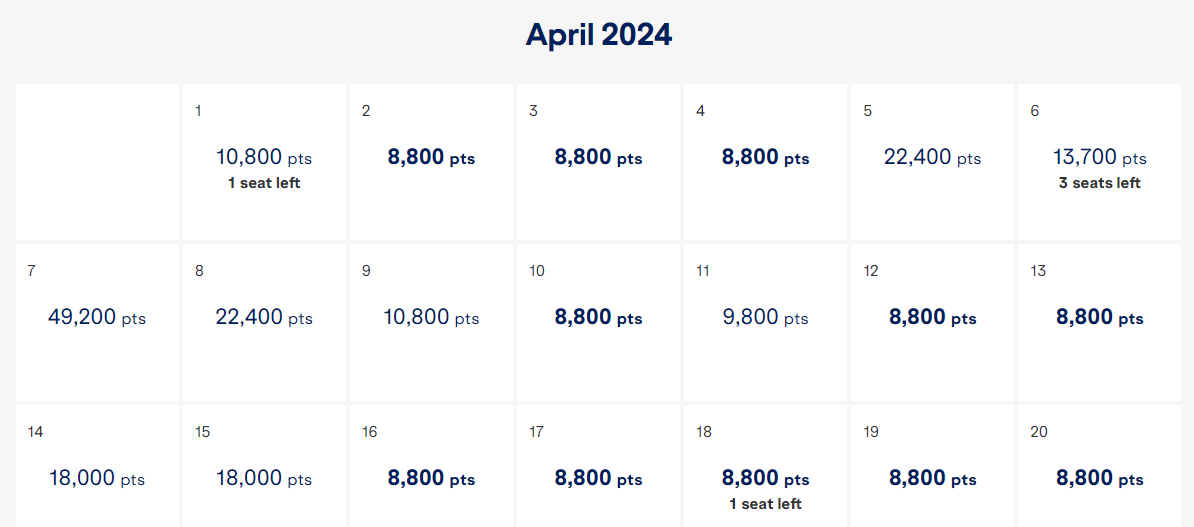
Hawaiian Airlines.
Hawaiian Airlines offers a flexible redemption program that allows you to use miles for any seat in the main cabin or a touch of luxury. You can upgrade to First or Business Class. The beauty of their program is that miles don’t have an expiration date and can be redeemed anytime since there are no blackout dates to worry about.
For inter-island travel, you can find flights for as low as 7,500 miles one-way. If you’re traveling between Hawaii and the West Coast, it starts at 20,000 miles. Plus, if you’re a Pualani Elite member, a Premier Club member, or a Hawaiian Airlines Mastercard card member, you’re in for a treat with exclusive discounts. For example, the main cabin flight from Hawaii to the West Coast can be discounted to 17,500 miles, offering a sweet deal for your next tropical getaway.
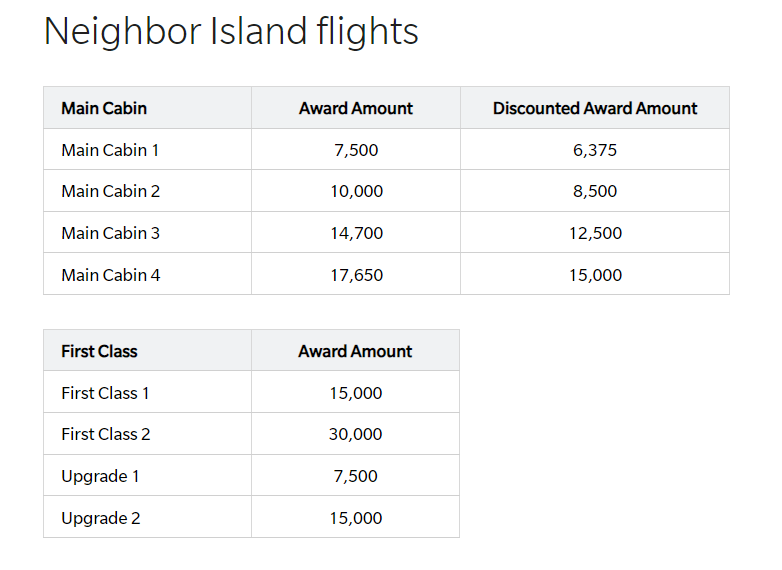
Cost Exclusions
Even when you’ve successfully redeemed miles for a free flight, there are still out-of-pocket costs to consider. These can vary widely depending on your departure city, destination, and the airline you’re flying with. Let’s break down some of these additional expenses to give you a clearer picture of the total cost of your “free” flight.
Taxes and Airport Fees
Taxes and airport fees are unavoidable, whether you’re paying for a ticket with cash or miles. These charges are set by governments and airports, not the airlines, and can range from a few dollars to over a hundred, depending on your route.
For example, flying out of New York City might see you paying around $50 in taxes and fees for a domestic flight, while an international departure could push this cost to over $100.
Transportation to and from the Airport
Your journey to and from the airport can also add up. A taxi or rideshare service in cities like Los Angeles or Chicago might cost anywhere from $20 to $70, depending on the distance and traffic conditions. Public transportation offers a more budget-friendly option in some cities, but it’s still an additional cost to factor into your travel budget.
Fuel Surcharges
Fuel surcharges are another cost that airlines may pass on to passengers, even on award tickets. These fees can vary significantly based on the airline and your specific route. For instance, flying from San Francisco to Tokyo might include a fuel surcharge of $100 to $200, while European airlines could charge even more for long-haul flights.
Carrier Surcharges
Some airlines also impose carrier surcharges on award tickets, which can significantly increase the cost of your ticket. These surcharges can range from negligible to several hundred dollars. Flying with British Airways from London to New York, for example, could result in carrier surcharges of $250 to $350 on top of taxes and fees.
Why Selling Your Miles for Cash Might Be the Smarter Move
Selling your miles for cash can often be more advantageous than holding onto them for future flights. The reality is that airline miles are not immune to depreciation over time, and with airlines periodically adjusting their reward programs, the purchasing power of your miles can decrease.
Moreover, miles can expire if your account remains inactive for a certain period, potentially erasing a significant portion of your accumulated balance.
Here’s how you can easily convert those miles into cash with Top Dollar Payouts, streamlined into three simple steps:
1. Submit Your Miles
Start by visiting our website and completing the online submission form. It’s quick, easy, and user-friendly, designed to let you share your details without hassle.
Right after you submit it, we’ll get back to you with a personalized quote via email in about 15 minutes, outlining how much your miles are worth.
2. Review and Confirm
Upon receiving your quote, we’ll follow up with a phone call to discuss any details or questions you might have. This is your opportunity to negotiate and ensure you’re happy with the offer.
We prioritize your comfort and trust in the deal; part of that is confirming all the details over the phone. After we’ve agreed, you’ll securely submit your account information for validation, ensuring that every transaction is secure.
3. Get Paid
Finally, we’ll process your payment once we’ve validated your account and confirmed everything is in order. While PayPal is our standard method for its speed and security, we’re flexible and can arrange for direct bank transfers or even assist in booking flights with your miles before selling them. Expect to receive your payment quickly, usually within one day of approval, making the entire process as convenient for you as possible.
Final words
Holding onto miles in hopes of future travel might not be as valuable as you think. Cashing them in could be the more intelligent choice, with miles potentially depreciating or expiring. It’s a direct way to ensure you get a good value from your miles now rather than facing uncertainty later.
Start by filling out our quick online form and selling your miles for cash. It’s the first step towards converting your accumulated miles into real, spendable cash. Take action today and make the most out of your miles.
FAQs
How many miles do you need to fly free?
The number of miles needed for a free flight varies widely, depending on the airline, destination, time of year, and class of service. Factors like demand and route popularity can significantly influence the required miles.
How much is 50000 airline miles worth?
The value of 50,000 airline miles varies by airline and how they’re redeemed. It can depend on factors such as flight cost, class, and redemption options like upgrades or partner services, making a direct conversion to monetary value fluid.
How much is 10,000 flight miles worth?
The worth of 10,000 flight miles fluctuates based on the airline’s rewards program, specific flight details, and redemption options. Factors like peak travel times and seat availability can impact the value of miles for flights or upgrades.
How many miles is a free flight on American Airlines?
The miles required for a free flight on American Airlines differ significantly. The variability is influenced by route, time of booking, seat availability, and peak or off-peak travel, making it difficult to provide a one-size-fits-all answer.
